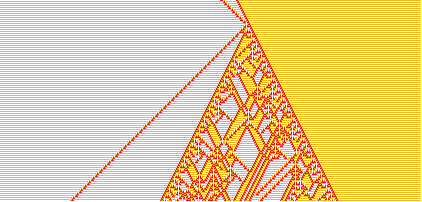Alumni

Bio
Matthew Neeley was born in Salt Lake City, UT and raised in St. Louis, MO and Idaho Falls, ID. His interest in science began at a very young age; as a two year old, he approached his grandmother on a family visit to ask her for a book about the “space shuttow.” After high school he attended Stanford university for one year before leaving on a two year mission in Austria for the Mormon Church. He is currently a senior, majoring in physics at Stanford, and plans to pursue a PhD in physics. In 2002 he was a research assistant in Yoshi Yamamoto’s lab at Stanford, working on solid-state NMR quantum computing. In 2003 he was awarded a national undergraduate fellowship to work at Princeton Plasma Physics Lab, where he did work on single particle dynamics in non-neutral plasmas with Ron Davidson and Hong Qin. He also enjoys music, particularly Beethoven, with whom he shares his December 16th birthday. He plays the piano and saxophone, and aspires some day to play Beethoven’s monumental final three piano sonatas, Op. 109-111.
Project: Neighbor-Dependant Substitution Systems: Searching and Visualizing
Most CA systems have a fixed underlying grid of cells whose states are updated at each step. But systems such as networks do not have a fixed underlying structure. Rather, the structure itself can change at each step of evolution. A one-dimensional analog of these systems is the nieghbor-dependant substitution systems, in which cells can be added or deleted at each step, so the underlying structure of the system is more flexible than a conventional CA. We examine these systems with arbitrary initial conditions and try to classify their behavior. In particular, we search for rules that support localized, particle-like structures.
The two-color, single-neighbor NDSS rules can be easily enumerated. There are 7^4=2401 such rules. These are catalogued exhaustively, and found not to support any true class 4 behavior. We consider two-neighbor rules, for which the space of rules becomes huge. We use as a primary search criterion the growth behavior of the system, looking for systems that show very limited sub-exponential growth.
Because there is no fixed network, visualizing the evolution of these systems is somewhat more difficult than for a conventional CA. We develop a method in which the total grid of cells occupies a fixed region, and cells behave somewhat like springs. This allows us to visualize density fluctuations in the list of cells, where cells are added and deleted.
Favorite Three-Color Cellular Automaton
Rule Chosen: 3945357058456
